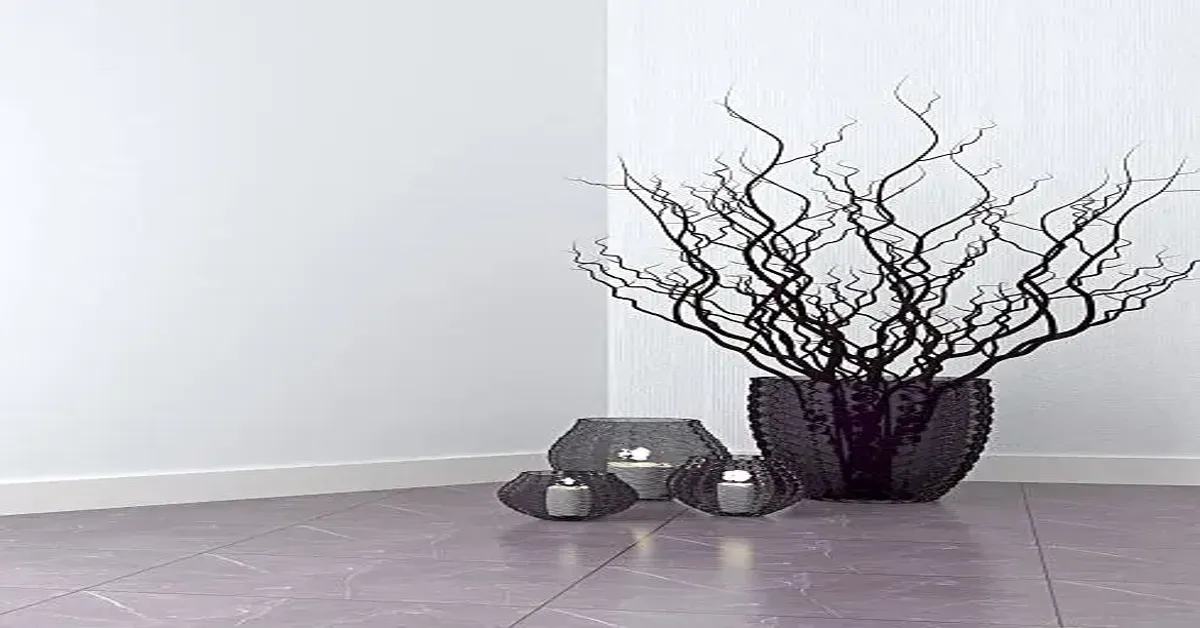Introduction
As the ever-evolving digital world goes, there is always some new form of art in production. Such a work is the Pyntekvister—its title a blend of digital presence and baroque depth in a new level of aesthetics and interactivity. Although yet to reach mainstream, Pyntekvister has drawn more and more attention from digital artists, UI/UX designers, and creative technologists.
But what is Pyntekvister, really, and where did it come from, anyway? Why is it shaping up to be the next big thing in digital art and design? This article reveals the concept, origin, methods, and likely future of Pyntekvister, and provides an overall impression of this new style.
What is Pyntekvister?
The name Pyntekvister (pronounced pin-tek-vis-ter) is a portmanteau of words:
“Pynte” (Scandinavian term for “ornament” or “decorate”)
“Tek” (abbreviated form of “technology”)
“Vister” (from “twist,” suggesting an interactive, shape-changing one
Pyntekvister would thus be interactive and shape-changing ornamentation art of digital ornamentation. It marries traditional ornamentation art with digital interactivity, often generative art, augmented reality (AR), and motion graphics.
The most significant Features of Pyntekvister
Ornamental Sophistication – complex repetitive patterns depicting earlier forms of art (Islamic geometric ornament, Celtic knotwork, Art Nouveau).
Dynamic Interactivity – The image responds to user input, environmental input, or algorithmic transformation.
Generative Elements – Coding (Processing, p5.js, TouchDesigner) generates ever-changing visuals in much of Pyntekvister’s work.
Cross-Disciplinary Approach – Combines graphic design, coding, 3D modeling, and even sound design.
History and Evolution of Pyntekvister
Historical Influences
Pyntekvister draws inspiration from tradition dating back centuries:
Islamic Geometric Patterns – Infinite tessellations and flawless symmetry.
Celtic Knotwork – Twisted lines symbolizing eternity.
Art Deco & Art Nouveau – Organically flowing but rigid patterns.
Fractal Art – Mathematical beauty in self-similar patterns.
The Digital Revolution
Emergence of digital tools enabled artists to break free from rigid design:
Early Digital Ornamentation (1980s-90s) – Vector ornaments and fractal generators.
Generative Art (2000s) – Casey Reas and Marius Watz transformed algorithmic designs.
Interactive Installations (2010s) – AR, VR, and projection mapping turned ornamentation “in motion.”
Origin of the Term “Pyntekvister”
Its very name was coined as recently as 2018 by a cluster of Scandinavian digital artists in an attempt to find a term to describe their union of Nordic design sensibility with true real-time digital computation. It has since then matured into a respectable branch of digital art.
Methods and Tools Used in Pyntekvister
Pynte kvister art requires technical competency as well as artistic skill. Some most common techniques and tools are described below:
Generative Coding
Processing & p5.js – Used popularly for algorithmic aesthetic styles.
TouchDesigner – To create generative visual art for live stream.
GLSL Shaders – To get GPU-optimized detailed designs.
Example: A Pynte kvister artist would employ a script to generate infinite iterations of a flower pattern depending on the movement of the mouse.
3D Modeling & Animation
Blender – To create intricate 3D ornaments.
Cinema 4D + Octane Render – To create highly realistic motion graphics.
Houdini – To create complex architecture procedurally.
Augmented & Virtual Reality
Unity + AR Foundation – Placing virtual ornamentation on actual locations.
WebXR – Ornamentations for interactive use in the browser.
AI-Assisted Design
MidJourney / Stable Diffusion – Creating base patterns upon which artists edit.
Runway ML – Machine learning-based dynamic generation of design.
Pyntekvister Applications
Pynte kvister is not only an art style—it also finds commercial applications:
irtual Fashion & Wearables
NFT Fashion – Generative, animated fashion apparel.
AR Filters – Festive Snapchat/Instagram embellishments.
Interior & Architectural Design
Projection Mapping – Projection mapping buildings as living canvases.
Smart Home Interfaces – Decorative yet functional UI interfaces.
Music & Visual Performances
Live Visuals for DJs – Reactive decoration for music.
Interactive Concert Stages – Shapeshifting stages that shift while performing.
Branding & Advertising
Generative Logos – Businesses using Pyn tekvister for dynamic logos.
Interactive Ads – Engaging customers with stunning yet interactive content.
The Future of Pyntekvister
Technological advancement will make Pyn tekvister grow in so many new ways:
AI Personalization
Imagine an AI that designs ornaments according to your mood, biometrics, or surroundings.
Metaverse Integration
Virtual reality space will need advanced, adaptive furnishings—Pyntek vister can produce virtual structures in the metaverse.
Green Digital Decoration
Instead of physical trash, digital decoration is less harmful to the environment but with unlimited custom possibilities.
Neuro-Interactive Designs
Pyntekvister art in the future could respond to brain waves through EEG, creating a very personalized experience.
Conclusion
Pyntekvister is a fascinating blend of ancient eras and ultra-contemporary technology—where centuries-old traditional decor arts converge with the cutting edge of computer interactivity. With AI, AR, and generative coding within reach more and more, we can anticipate this art to explode, transmitting its influence from fashion to architecture.
